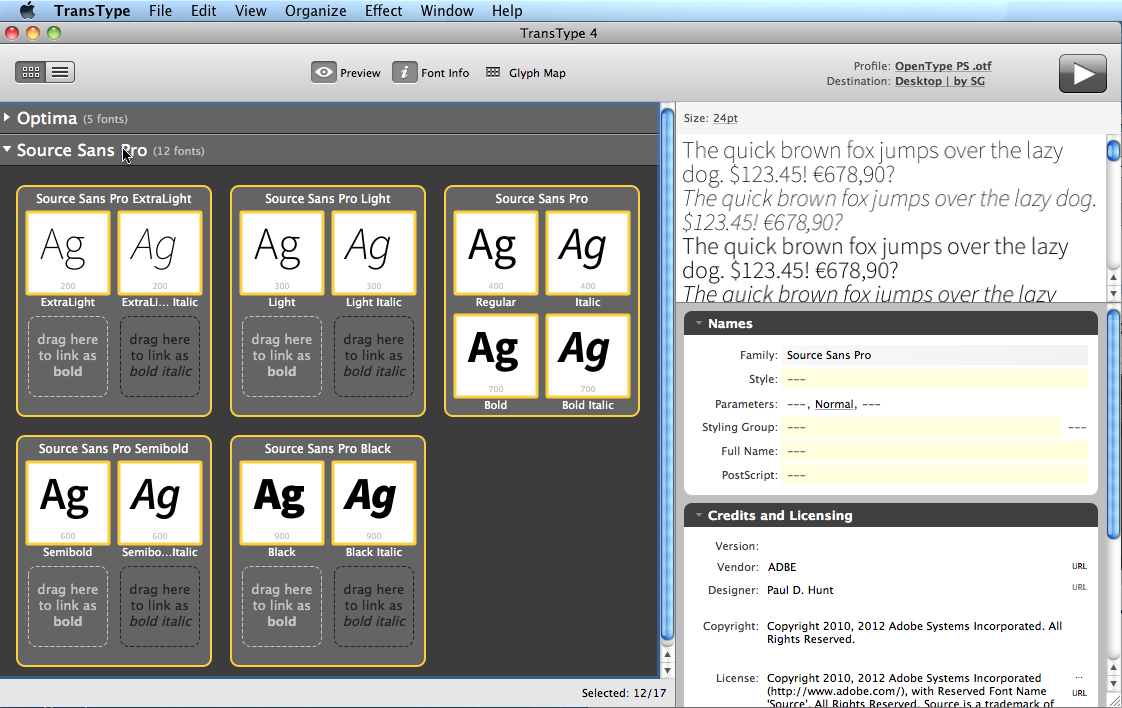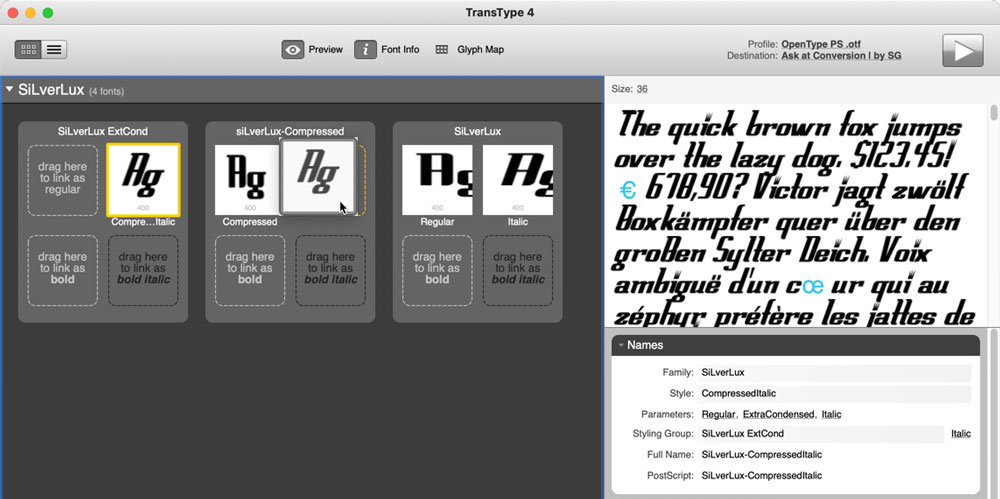

If you try to edit a PDF in Acrobat, it will also behave as it does now. An example would be an old ad that’s a PDF that you run week after week. As long as those files are placed on a page, then output, they will behave just as they do now. You will have to choose a suitable replacement.ĮPS, PDF, and Illustrator files with embedded fonts won’t be affected. If you open a previously created file that uses a Type 1 font, you will get a missing font warning, but the installed Type 1 font won’t show as a replacement option. Nope…they won’t be there, even though they are installed on your computer.

You will notice these changes immediately if you are using any of the applications and try to select an installed Type 1 font from the menus. These changes will only affect that version, and only after an update in January. This usually happens at the start of Adobe MAX, which is scheduled for October 18. I have several solutions to suggest, but first, let’s talk about what’s really happening here, and just how much it may, or may not, affect your current workflow.ĭepending on when you read this, between now and this change, Adobe will introduce a new Creative Cloud version which, I’m assuming, will be named CC 2023. Learn More.” If you’ve not seen this message, it doesn’t mean this won’t affect you. If you’re using Adobe’s Creative Cloud 2022, by now you may have encountered the warning “Type 1 fonts will no longer be supported starting January 2023.

They don’t give a specific day in January, but let’s just assume you’ll be on deadline. Effective January, 2023, Adobe will no longer support Type 1 fonts in any of its applications, except Acrobat, and we’ll get to that. Yes, yes it is time to say “goodbye” to Type 1 fonts, also referred to as PostScript fonts, or PS.Īnd it’s not by choice, either. That’s the short and easy answer to the question which is the title of this article.


 0 kommentar(er)
0 kommentar(er)
